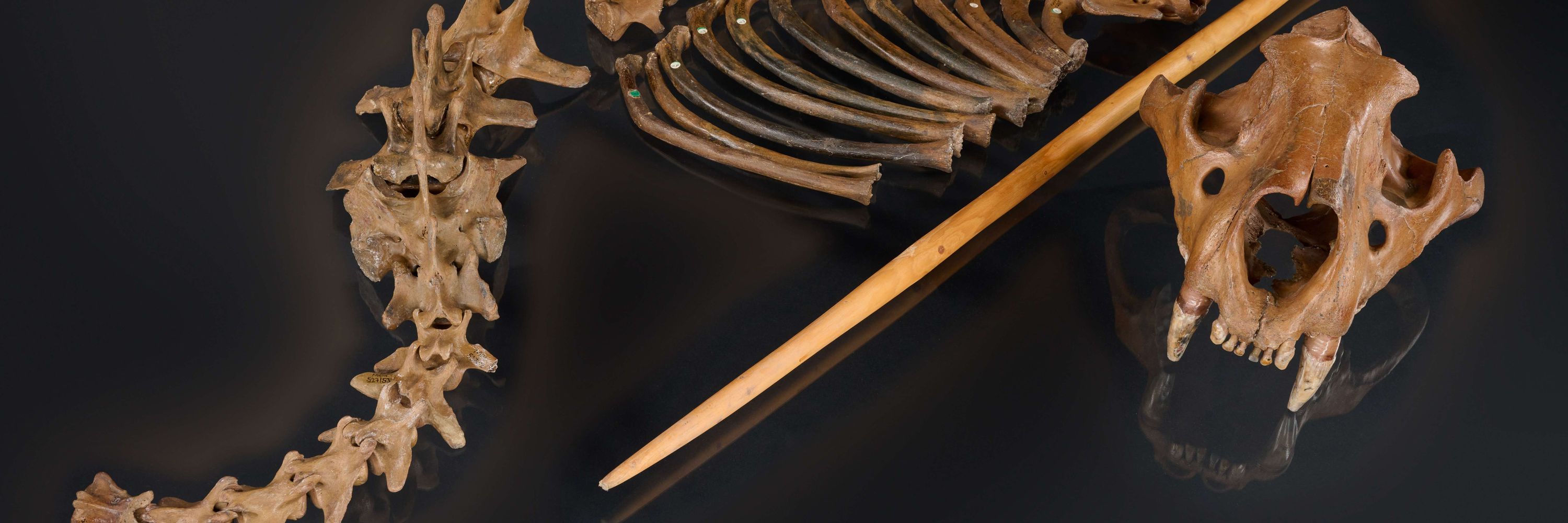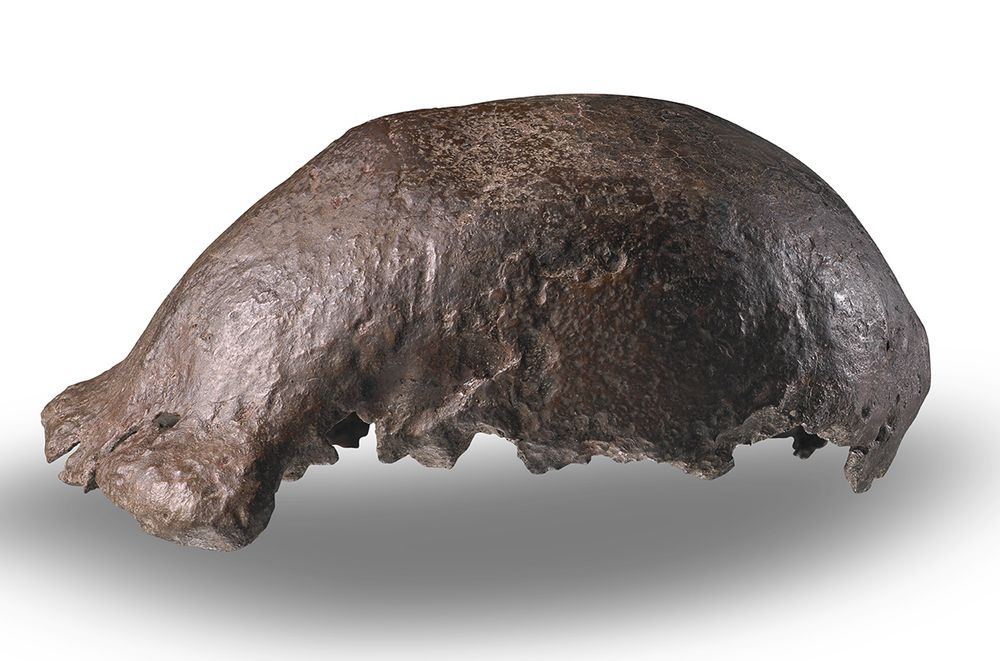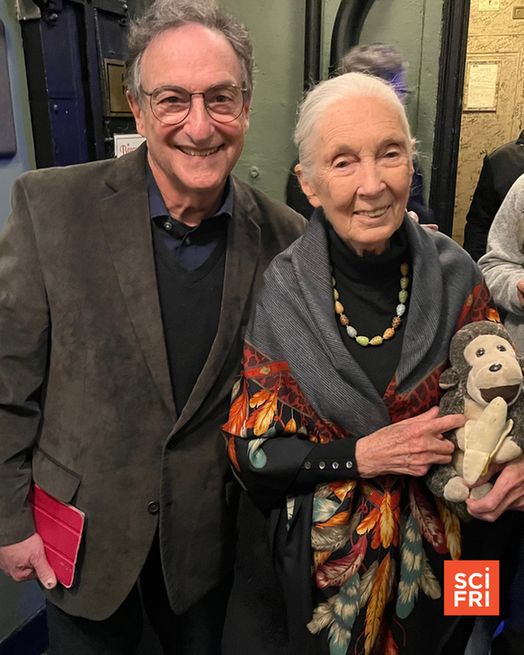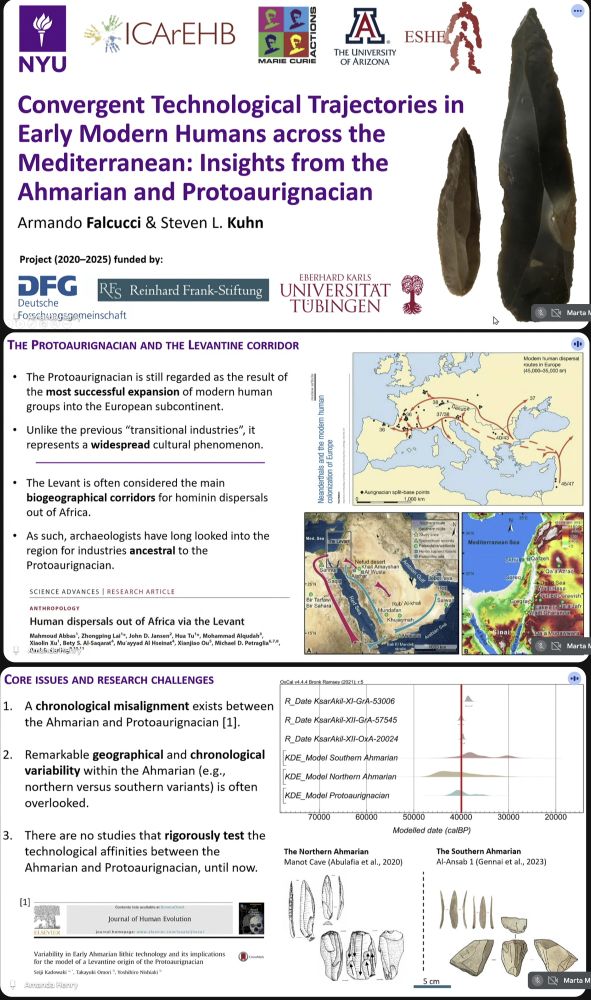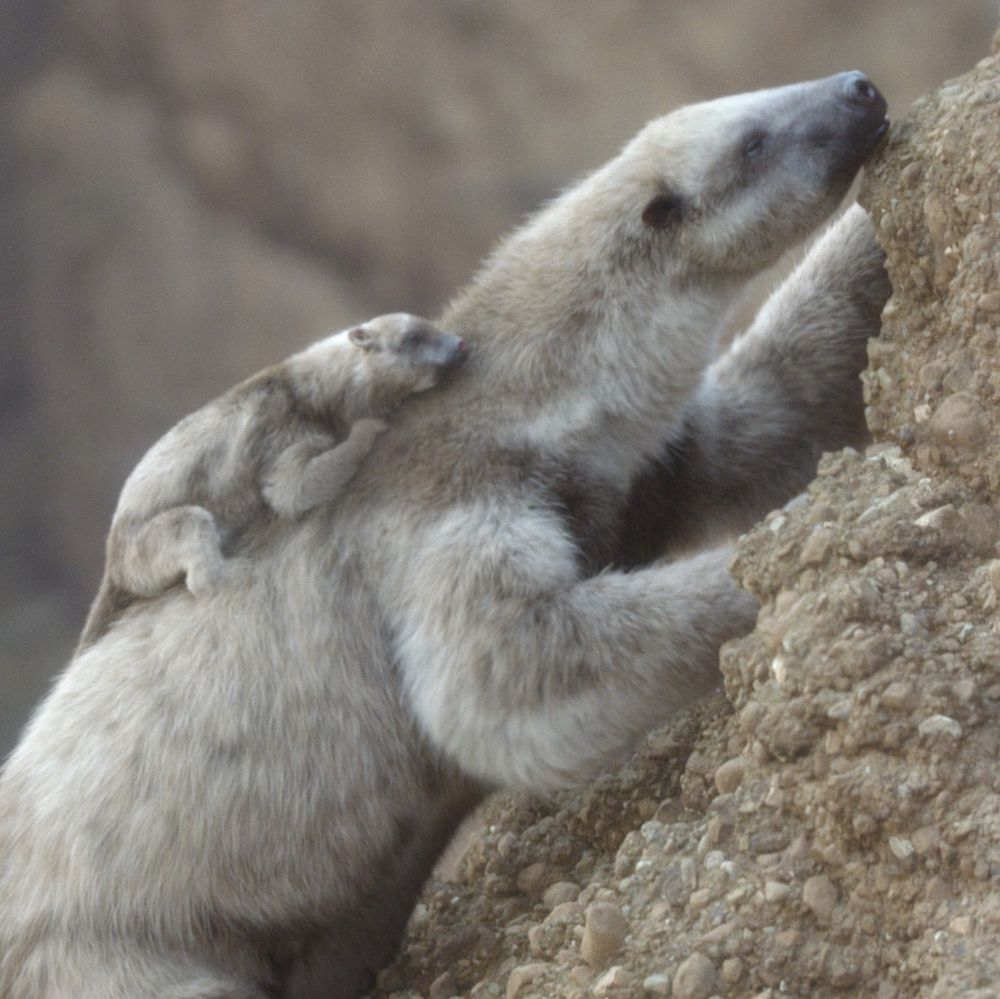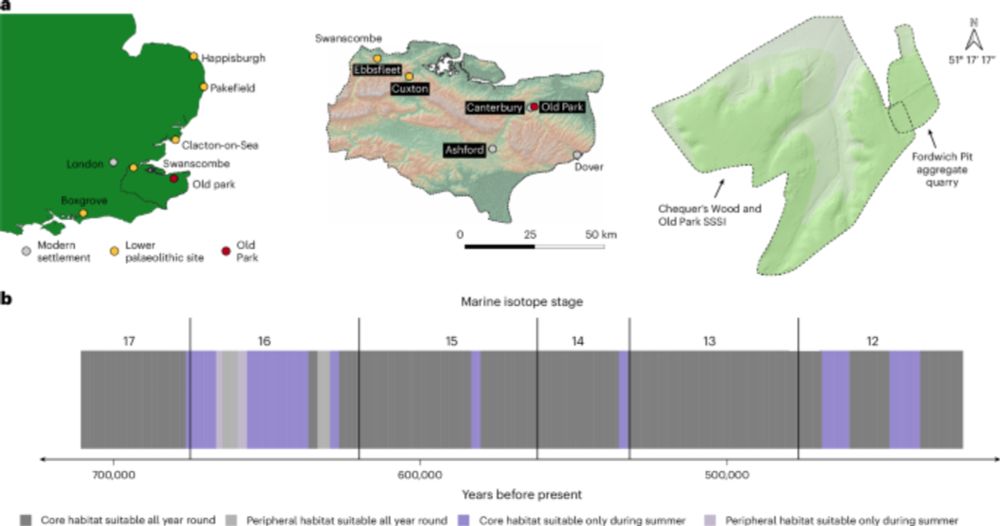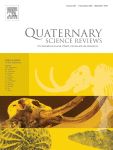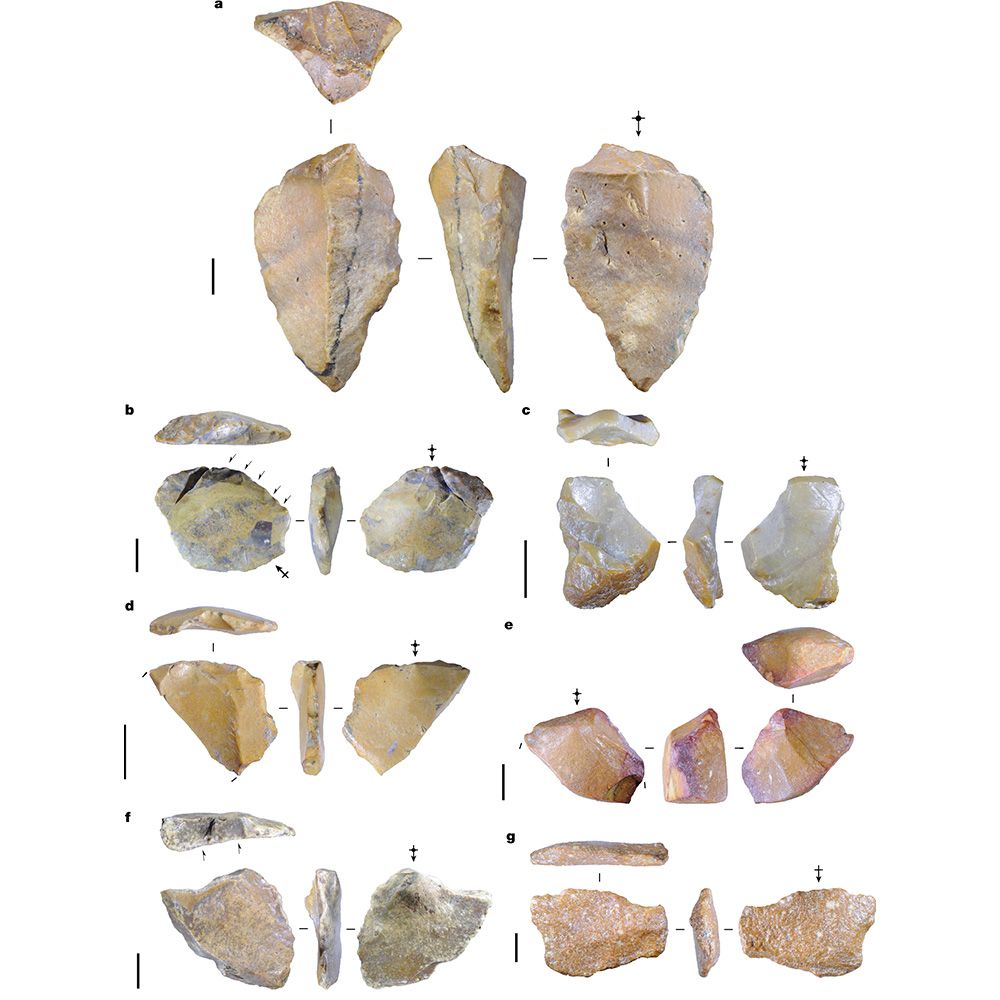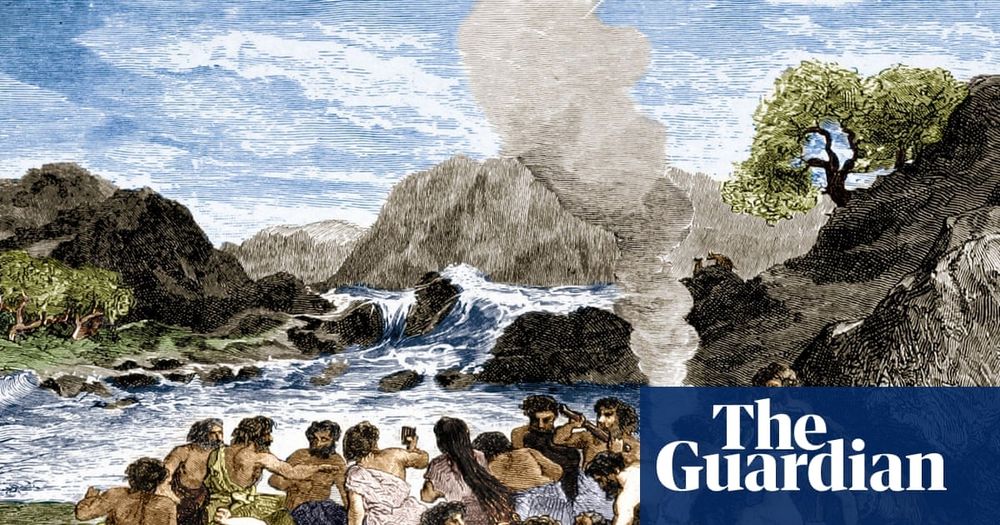Gabriele Russo
@gabrieleru1.bsky.social
1.1K followers
170 following
71 posts
PhD student in Zooarchaeology at Uni Tübingen - Project REVIVE #Paleolithic #Archaeology #Zooarchaeology #AnimalEcology #Science #Nature
Posts
Media
Videos
Starter Packs
Reposted by Gabriele Russo
Reposted by Gabriele Russo
Reposted by Gabriele Russo
Reposted by Gabriele Russo
Gabriele Russo
@gabrieleru1.bsky.social
· Aug 19

Dental microwear of cave bear (Ursus spelaeus) reveals locally adapted foraging strategies in South-Eastern Europe during late MIS 3
Cave bears (Ursus spelaeus sensu lato) represent a remarkable example of Late Pleistocene megafauna, whose ecology and extinction dynamics remain a su…
www.sciencedirect.com
Reposted by Gabriele Russo
Kristina Killgrove
@killgrove.bsky.social
· Aug 15

2.6 million-year-old stone tools reveal ancient human relatives were 'forward planning' 600,000 years earlier than thought
Hundreds of stone tools discovered in Kenya have revealed that human relatives traveled long distances to find raw material.
www.livescience.com
Gabriele Russo
@gabrieleru1.bsky.social
· Aug 15

New discoveries of Australopithecus and Homo from Ledi-Geraru, Ethiopia - Nature
Hominin fossils from the Ledi-Geraru Research Project area, Ethiopia, suggest that early Homo and Australopithecus species co-existed in the region more than 2.5 million years ago.
www.nature.com
